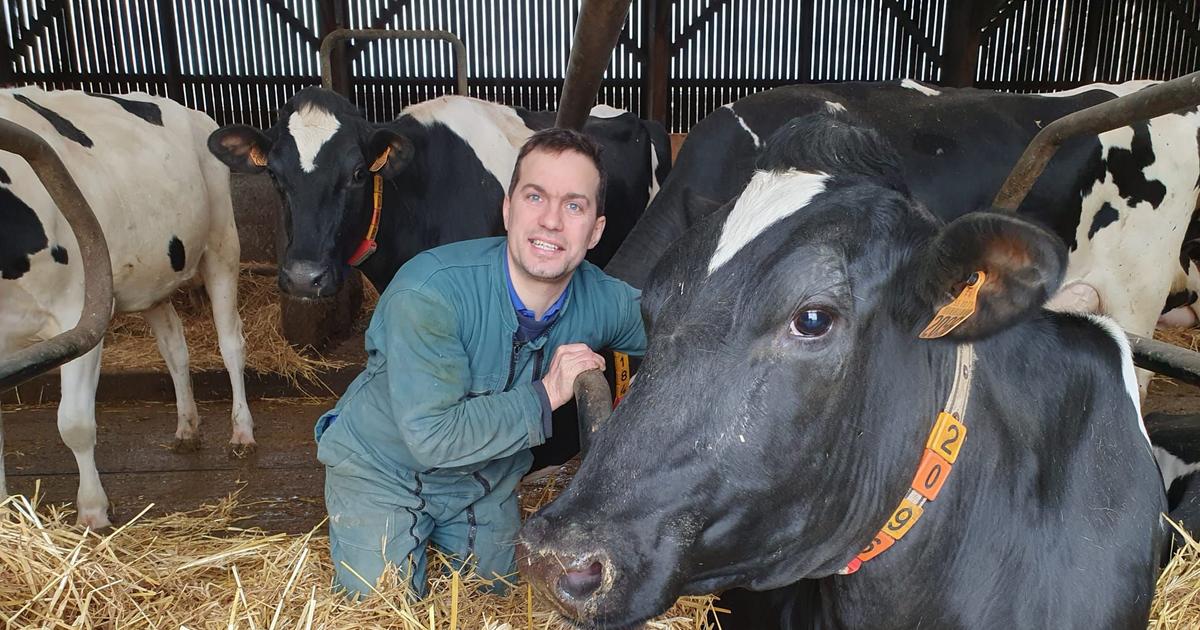Shark and ray populations have fallen by 70% 1:04
(CNN) -
Scientists have already sounded alarms about the rate at which shark populations are declining.
In this context, a group used artificial insemination to give life to 97 baby sharks, according to a new study published in
Scientific Reports.
A total of 16 of the 31 oceanic shark species are now critically endangered or endangered, according to a study published in the journal
Nature
earlier this year.
A newborn bamboo shark.
The number of ocean sharks and rays in the world has decreased by 71% from 1970 to 2018, according to observers.
In this framework, scientists have now achieved what was described in a statement as "the largest effort ever made" to artificially inseminate female sharks.
Artificial insemination could lead to healthier shark populations in aquariums by promoting genetic diversity.
It would also make it unnecessary to move sharks from one site to another for mating, according to the researchers, a costly process that is also stressful for the animals themselves.
advertising
This is the winning image of the Underwater Photographer Award 2021 0:38
The study was led by scientists from the South-East Zoo Alliance for Reproduction & Conservation, a non-profit organization based in Florida, in collaboration with five aquariums in different cities in the United States.
How to create baby sharks
The scientists collected semen from 19 male white-spotted bamboo sharks and used it to inseminate 20 females.
The study took four years to complete, according to lead author Jennifer Wyffels.
White-spot bamboo sharks, or
Chiloscyllium plagiosum
, are a species from the Indo-Pacific Ocean considered "near threat" by the International Union for Conservation of Nature.
As Wyffels explained by email, they were the ideal candidates for this research.
Scientists were able to bring nearly 100 bamboo sharks to life from artificial insemination, according to the study.
These sharks, which reach a maximum length of about one meter, "are a smaller shark species and easier to handle for reproductive procedures compared to sand tiger sharks that reach 1.8 to 2.4 meters", explained.
"Many aquariums have bamboo sharks and that was important so that we could exchange semen between institutions," he added.
The fact that white-spotted bamboo sharks lay eggs was also key.
"It is much easier to monitor eggs for embryo development than to examine a pregnant female shark," Wyffels said.
Two to three females were inseminated at a time, Wyffels explained.
Each had to be monitored for about six weeks before confirming that they were laying eggs and that those eggs were not being fertilized with sperm that was stored in the body from previous matings, a capacity many species of sharks have.
7 sharks rescued from smuggler's pool 0:54
According to Wyffels, each attempt required about nine months to complete before a new one could be started.
'Parents' in different aquariums
In some cases, the male and female sharks involved in the study were in the same aquariums, but the scientists also experimented with the viability of cold-stored semen that was shipped to other study locations after extraction, from New Jersey to California, and from Florida to Tennessee.
"The success rate was similar in both (cases), which is important because it underscores the feasibility and efficiency of transporting gametes rather than animals," Wyffels told CNN.
Of the 97 baby sharks that were born, 16 are to parents located in different aquariums across the country, Wyffels added.
The scientists also observed cases of asexual reproduction or parthenogenesis, a process that allows females to create an embryo without depending on the genetic material of a male.
These were the most surprising cases for the team.
Tourists enjoy the company of huge whale sharks 1:38
"There were three parthenogenesis hatchlings from eggs laid by two females that were inseminated," Wyffels said.
Information from this study is already being applied to develop artificial insemination techniques for other shark species, including sand tiger sharks.
Can artificial insemination protect endangered species in the long term?
Study co-author Kevin Feldheim believes it may play an important role, but pointed to broader issues globally that need to be addressed.
Among them are the creation of marine protected areas for species such as sharks, the need to reduce catches and to address climate change.
Sharks












/cloudfront-eu-central-1.images.arcpublishing.com/prisa/KMEYMJKESBAZBE4MRBAM4TGHIQ.jpg)


